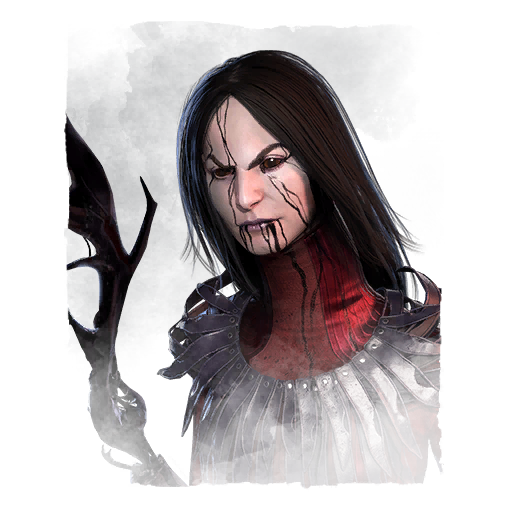
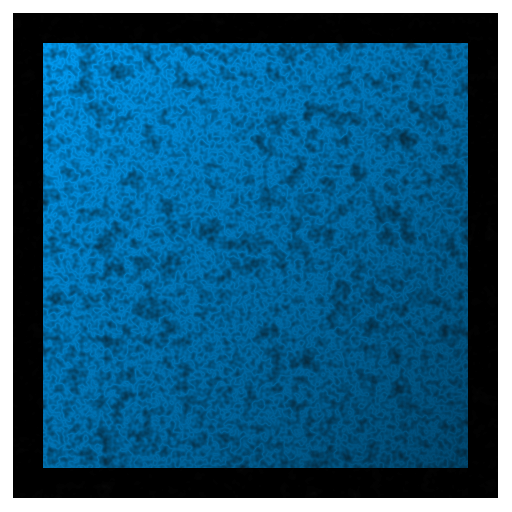
The Artist
Lore
Carmina Mora was a gifted artist who carried the guilt of her young brother's death. Growing up a rugged coastal village in southern Chile, she sketched the sublime landscapes of Patagonia. Sitting outside, she painted dramatic fjords while feeding the crows nested in the tree next to the house.
She grew up carrying the guilt of her mother's sudden departure. Her father blamed Carmina for her mother's abandonment, which added to her grief. She became the caretaker of Matias, her little brother, despite still being a child herself.
A year later, Carmina was painting with Matias outside when the telephone rang. Her father remained in the yard, drinking his beer. Carmina rushed to the house to answer the phone and hung up a few seconds later. When she returned outside, Matias was nowhere to be seen. She asked her father, but he had paid no attention to Matias. She called her brother's name, looking for him everywhere. While searching, she saw a bright red coat floating on the narrow creek by the house--Matias' jacket. She jumped into the creek and found him floating on the surface with vacant eyes, unblinking. He had fallen and drowned.
Her scream tore the sky. Her father found Carmina sobbing on the creek's shore, clutching her brother's body in her arms, surrounded by a murder of crows. Her father snatched Matias's body away from her, and she cried until her voice broke.
The following morning, the world was cloaked in darkness. Her father did not say a word, because he did not have to. Carmina knew it was all her fault. Months passed, yet her loss was as fresh as morning dew. Crippled with self-loathing, she could no longer paint. Without Matias, life had no meaning.
On the bleak morning of Matias's birthday, Carmina walked to a narrow bridge several blocks away from home. She was convinced that nothing could bring her relief. Her mother was gone, her brother was dead, and her father blamed her for it all. She was convinced that she had nothing left to live for.
Carmina walked to the railing of the bridge that stood over the turbulent river. Locals had nicknamed the spot DeathLeap. Several cars drove by Carmina, but none stopped. No one seemed to care. She climbed over the railing and her legs wobbled as she stood on the lip of the bridge. She looked down, watching the fierce river smash into a giant boulder. She closed her eyes. See you soon, Matias.
Suddenly, a cacophony of caws filled the sky. Carmina opened her eyes and saw a black cloud of feathers flying toward her. The cloud split open and glossy black crows dove from the sky. One landed on her shoulder and stared intently into Carmina's eyes, as if peering into her soul. Her grip on the railing loosened and the crow cawed raucously. Carmina stared at the crow, confused.
Another crow landed on the railing, then another. Soon, a flock of crows were covering the railing of the bridge, staying close to her. She felt their heavy stare on her, calculative and enigmatic, as if they were assessing her. She looked down for a second and a thunder of caws interrupted her dark impulse. The crows seemed to care about her wellbeing. As she dangled over the edge with the wind blowing through her raven hair, Carmina felt akin to them. For the first time since Matias had died, Carmina did not feel alone.
She returned home, giving life another chance. The crows left but Carmina suspected that if anything happened to her, they would return.
Inspired by her ordeal, Carmina picked up a brush. In the weeks that followed, she painted her experience, using black ink to depict the DeathLeap with a black cloud of feathers, the murder of crows that saved her life. The experience was transformative and launched her signature, black-ink surrealist art.
After several years, some color pierced the darkness, and this shift of medium expanded her art form. She painted large-scale murals on busy street corners, designed grandiose costumes, and recited militant poetry. Carmina's art displayed local, intimate tragedies on a large scale, making them impossible to ignore. And everywhere she performed, crows followed.
Her performances grew bold and drew the attention of artists who found her style invigorating. She grew close to a group of painters who understood her iconoclastic vision. Her performances launched the Large-Scale Surrealist movement, which became a phenomenon.
Her renown grew enough to attract the commission of a multinational enterprise, The Vack Label. Carmina investigated the group, discovering that they gifted art pieces to select disreputable congressmen. Vack's commissioned artists seemed to disappear afterward.
Determined to expose the group's link to corrupt politics, Carmina accepted Vack's commission. The following week, Carmina painted a giant mural on a cemetery's columbarium, displaying the Vack Label logo as a surrealist grim reaper harvesting the fields of Chilean families. She wore a theatrical dress as she painted, on which she had stitched a poem about political revolution.
The piece sparked a radical debate about corruption. The controversy painted a target on Carmina's back. After receiving anonymous death threats, she took refuge in her father's house, bringing along her closest friends for safety.
That night, a gang of masked gunmen broke into the house. They swiftly subdued Carmina and her friends, threw them in a van, and drove off.
The following morning, a dry breeze blew sand on Carmina's face, awakening her. She was seated in a chair in the middle of the desert, with her legs tied and her hands handcuffed. Her friends were lying on the ground, tied up. A shadow fell over her face. Carmina looked up.
A man dressed in a long robe with his face hidden in a dark hood approached her. He pulled a silvery knife from his robe.
He grabbed her hands and recited a hymn in an unfamiliar language. Carmina held his gaze. He paused and brought down his blade with a sudden blow.
She cried in agony as her friends woke to a terrible sight; Carmina's severed hands falling in the sand. The handcuffs followed, landing into a pool of blood
The hooded man smiled in satisfaction. How are you going to paint now Carmina cursed and screamed at him, wriggling against the bonds on her legs.
The man grabbed Carmina's chin. She spit in his face.
He grunted and pried her mouth open, pulling out her tongue. Carmina struggled against his hold. In a violent blow, he chopped off Carmina's tongue.
She howled in anguish. The man wiped his blade on his robe, leaving a trail of blood. How are you going to recite poems now?
Sorrow swelled in Carmina's chest, sharper than pain. Overwhelmed by uncontrollable rage, grief and loss overcame her senses. She had lost her little brother. And she had lost the only way to cope with such pain. Carmina screamed like on the day her brother died.
Raucous caws echoed through the wasteland. The sky was obscured by a cyclone of dark clouds. Black feathers fell on Carmina's bleeding arms. She looked up and saw a torrent of crows erupting from the clouds, diving on the hooded man.
As the ravenous crows pecked at his flesh mercilessly, Carmina smiled, watching her Surrealist art coming to life.
But her heart lurched with rage when she saw the crows move on to their next target, her friends on the ground. She screamed as waves of pain, guilt, and fright overwhelmed her. But it was in vain, the ravenous crows were uncontrollable.
Darkness fell over her eyes as her friends' agonizing screams grew more acute. Death was coming and again, it was her fault.
A deep, black fog engulfed her.
Perks

Hex: Pentimento
You reveal the true power of the Totems, hidden within their remains.
You see the aura of destroyed Totems. You can perform a ritual on a destroyed Totem to rekindle it as a Hex Totem for Hex: Pentimento. For each Hex Totem active at the same time, Hex: Pentimento gains an additional effect.
1 Hex Totem: Decreases Survivors' repair speed by 20/25/30%.
2 Hex Totems: Decreases Survivors' healing speed by 20/25/30%.
3 Hex Totems: Decreases Survivors' recovery speed from being downed by 20/25/30%.
4 Hex Totems: Decreases Survivors' exit gate opening speed by 20/25/30%.
5 Hex Totems: All Totems are blocked by the Entity.
When a previously rekindled Hex Totem is removed by any means, its remains are consumed by The Entity and it cannot be rekindled again.
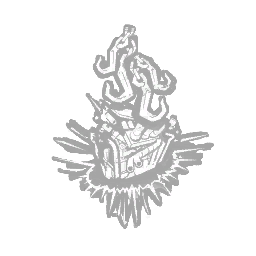
Scourge Hook: Pain Resonance
Overwhelming pain reverberates outwards into chaos.
At the start of the trial, 4 random hooks are changed into scourge hooks. You see their auras in white.
You start the trial with 4 tokens. The first time each Survivor is hooked on a scourge hook, lose 1 token and the generator with the most progress explodes, instantly losing 15/20/25% progress, and will start to regress.
Once you have no tokens, Pain Resonance deactivates for the rest of the Trial.
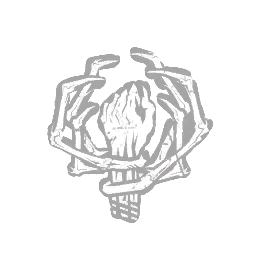
Grim Embrace
Your act of servitude to The Entity has not gone unnoticed.
Each time a Survivor is hooked for the first time, gain a token. When moving 16 meters away from the hook, all generators are blocked for 8/10/12 seconds.
Upon reaching 4 tokens, when moving 16 meters away from the hook, The Entity instead blocks all generators for 40 seconds. The Obsession's aura is revealed to you for 6 seconds.
Then, Grim Embrace deactivates.
Power
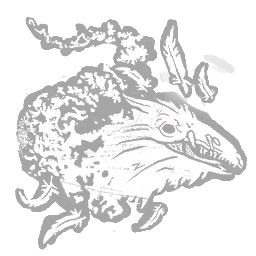
Birds of Torment
From a wellspring of eternal agony comes a swarm of darkness, a wild and ferocious murder of ink black crows.
Press and hold the Power button to charge Birds of Torment. Once fully charged, tap the Attack button to summon a Dire Crow. You can repeat the action quickly by continuously holding down the Power button and tapping the Attack Button again.
When at least one Dire Crow is summoned, it stays idle for a limited time. Spawning a new Dire Crow will extend the time the previously spawned Dire Crow stays idle.
Tap the Ability button to propel the Dire Crows into flight.
Dire Crows can inflict damage for a short distance when flying. This is indicated to the Killer by the Dire Crow's Flight Path.
Once a Dire Crow continues past the Flight Path, it will no longer inflict damage but can now pass through any obstacles and reveal nearby Survivors using Killer Instinct.
In this phase, Dire Crows will create a swarm around Survivors they hit, allowing the Killer to see the swarm's aura on the Survivor. The Survivor can repel the swarm by completing the Repel action or entering a locker. During this time, the swarm's aura is not shown to the Killer.
A Survivor being swarmed will receive damage if hit by a second Dire Crow.
Addons

Vibrant Obituary
Increases the length of time a Dire Crow's Killer Instinct reveals Survivors by 3 seconds. Killer Instinct intermittently reveals the location of Survivors.
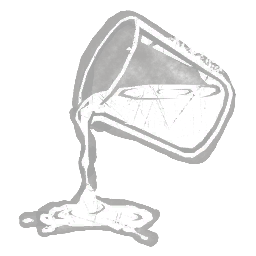
Thick Tar
Increases the time for Survivors to repel a Dire Crow swarm by 0.5 seconds.

Oil Paints
Increases the Dire Crow's Killer Instinct detection range by 1.5 meters. Killer Instinct intermittently reveals the location of Survivors.

Choclo Corn
Increases the time Dire Crows stay idle for before disintegrating by 2 seconds.
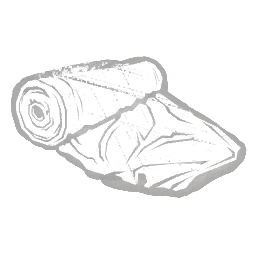
Velvet Fabric
When a Survivor attempts to repel a Dire Crow swarm, the swarm's aura remains visible for an additional 1.5 seconds.
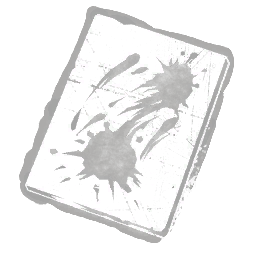
Untitled Agony
When Dire Crows swarm a Survivor, it afflicts them with the Hindered status effect for 1.5 seconds. Hindered reduces Survivor movement speed.

Still Life Crow
Increases the time Dire Crows stay idle before disintegrating by 4 seconds.

Festering Carrion
Decreases Birds of Torment cooldown time by 0.5 seconds after a Dire Crow takes flight.

Automatic Drawing
Decreases Birds of Torment cooldown time by 1.5 seconds after a Dire Crow disintegrates from inactivity.
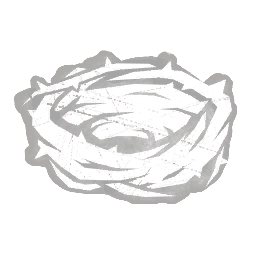
Thorny Nest
Survivors damaged by a Dire Crow are afflicted with the Hemorrhage and Mangled status effects.
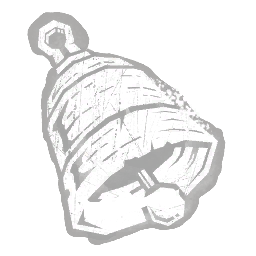
Silver Bell
When Dire Crows swarm a Survivor it afflicts them with the Oblivious status effect. Oblivious prevents Survivors from hearing and being affected by the Killer's Terror Radius.
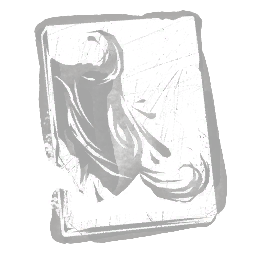
O Grief, O Lover
When Dire Crows swarm a Survivor, it afflicts them with the Exhausted status effect. Exhausted prevents Survivors from activating certain perks.
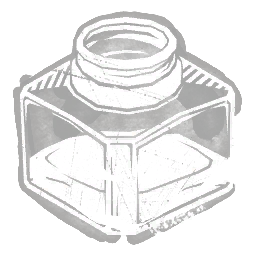
Darkest Ink
When Dire Crows swarm a Survivor, it afflicts them with the Blindness status effect. The effect persists for 15 seconds after Dire Crows are repelled from a Survivor.
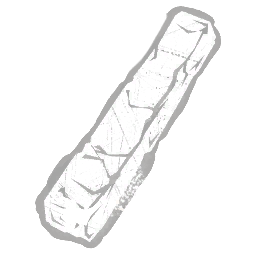
Charcoal Stick
The Dire Crow's aura is no longer visible when in flight. The Dire Crow's aura is visible for 0.5 seconds when summoned.
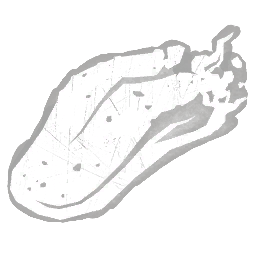
Severed Tongue
Decreases the length of time The Artist's movement slows when Dire Crows take flight by 0.5 seconds.

Severed Hands
Any Survivors near a Survivor being swarmed by Dire Crows will also be swarmed.
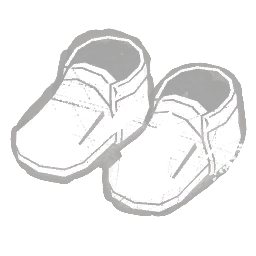
Matias' Baby Shoes
Survivors within 5 meters of an idle Dire Crow have their auras revealed for 3 seconds.
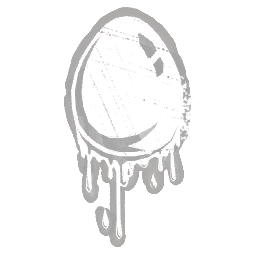
Ink Egg
Increases the maximum capacity of Dire Crows by 1. Decreases the time Dire Crows stay idle before disintegrating by 2 seconds.

Iridescent Feather
The Artist gains the Undetectable status effect when Birds of Torment is in cooldown and she holds no Dire Crows. Decreases the maximum capacity of Dire Crows by 1.
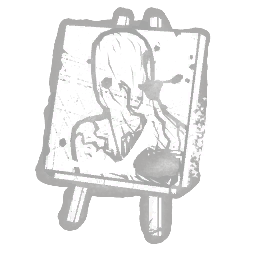
Garden of Rot
When a Survivor affected by Dire Crows completes the repel action, they are afflicted by the Exposed status effect for 4 seconds. Exposed Survivors are downed by basic attacks, even if uninjured.